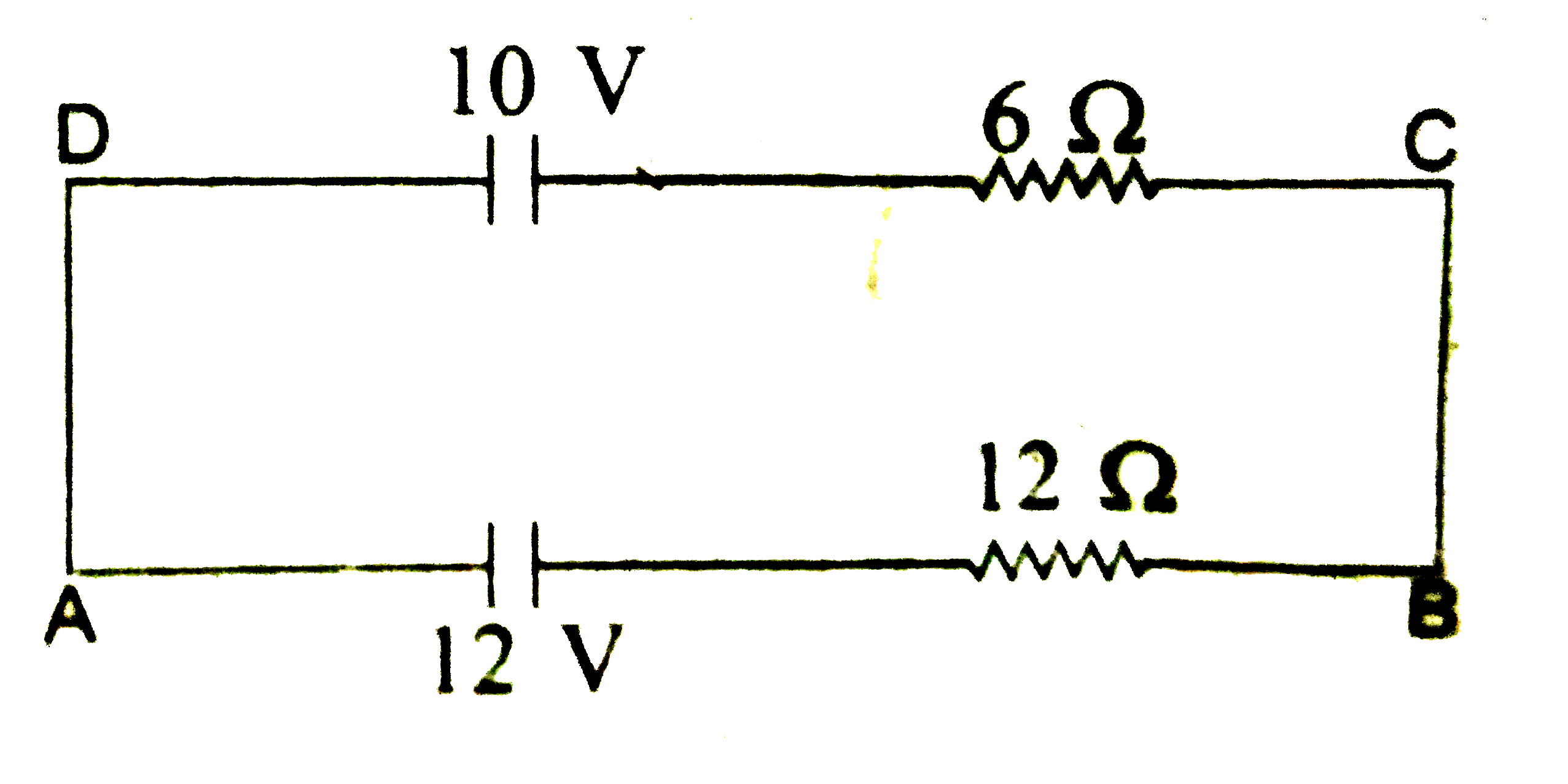In this type of question, a statement is given followed by two courses of action numbers I and II. The candidate is required to graph the statement, analyse the problem or policy it mentions and then decide which of the courses of action logically follow(s).
Statement A large number of employees have gone on a mass casual leave in protest against the company's new recruitment policy.
Courses of action I. The company should immediately withdraw the new recruitment policy.
II. All these employees should immediately be suspended from their service.
Step by step video & image solution for In this type of question, a statement is given followed by two courses of action numbers I and II. The candidate is required to graph the statement, analyse the problem or policy it mentions and then decide which of the courses of action logically follow(s).Statement A large number of employees have gone on a mass casual leave in protest against the company's new recruitment policy. Courses of action I. The company should immediately withdraw the new recruitment policy. II. All these employees should immediately be suspended from their service. by Reasoning experts to help you in doubts & scoring excellent marks in Class 14 exams.
Topper's Solved these Questions
Similar Questions
A statement is given followed by two conclusions numbered I and II.
Give answer
{a) if only conclusion I follows:
(b) if only conclusion II follows,
(c) if either I or II follows,
(d) if neither I nor II follows, and
(e) if both I and II follow
Statement: Sealed tenders are invited from competent contractors experienced in executing construction jobs.
Conclusions: I. Tenders are invited only from experienced contractors.
II. It is difficult to find competent tenderers in construction jobs.01:43View SolutionIn this question below is given a statement followed by two assumptions numbered I and II.Consider the statement and decide which of the given assumption in implicit.
Give answer (a) if only assumption I is implicit : (b) if only assumption II is implicit: (c) If either I or II is implicit: (d) If neither I nor II is implicit and (e) If both I and II are implicit.
Statement : It is faster to travel by air to Delhi and Bengaluru.
Assumption: I. Bengaluru and Delhi are connected by air.
There are no other means of transport available to delhi from Bangalore.03:15View Solutionक्लोरोबेंजीन की क्रिया क्यूप्रस ऑक्साइड की उपस्थिति में अमोनिया से कराने पर प्राप्त होता है -
02:43View Solutionओजोन एक ऑक्सीकारक तथा अपचायक तथा अपचायक पदार्थ है । प्रत्येक का एक उदहारण देते हुए कथन की पुष्टि कीजिए ।
04:47View Solutionदिए गये विघुत परिपथ की सहायता से ज्ञात कीजिए
- (i) परिपथ में धारा , तथा
(ii) बिन्दु A तथा B के बीच विभवान्तर ।
 02:59View Solution
02:59View Solutionएक प्रेरक के बहने वाली धारा, i=4+12t द्वारा दी जाती है, जहाँ I ऐम्पियर में तथा t सेकण्ड में है | इसमें स्वप्रेरित विधुत वाहक बल 12 mV है | ज्ञात कीजिए- (i) स्वप्रेरकत्व, तथा (ii) t=1 सेकण्ड पर प्रेरक में संचित ऊर्जा एवं इसको प्रदान की गयी शक्ति |
07:45View SolutionCu, Ag तथा Au की एक मिश्रधातु में Cu, ccp जालक बनाता है । यदि Ag परमाणु कोर के किनारो पर हो तथा Au काय के केंद्र पर हो तो मिश्रधातु का सूत्र है :
03:23View Solutionठोस पदार्थो में दोष (defects in solids) से संबंधित कौन-सा (से) वक्तव्य सही है (हैं) ?
02:31View Solutionधातु A का अपचयन विभव −0.76V तथा धातु B का अपचयन विभव +0.80V है । कौन -सी धातु H2SO4 से क्रिया करके मुक्त करेगी ?
02:27View SolutionZn पर तनु HCl की क्रिया से H2 मुक्त होती है जबकि Ag पर HCl डालने पर नहीं क्यों ?
View Solutionनिम्नलिखित कथनों पर विचार करें :
कथन I : →a=2→i−3→j+→k और →b=5→i+2→j−4→k परस्पर लंबवत है
कथन II : →a×→b=001:21View Solutionनिम्नलिखित कथनों पर विचार करें :
कथन I : यदि A और B प्रतिदर्श समष्टि S के संगत दो घटनाएँ ऐसा है कि P(A)=0.2 और P((B)=0⋅8 तो A⋃B एक सुनिश्चित घटना है |
कथन I : यदि A और B परस्पर अपवर्ती हों तो P(A)+P(B)=1 इन कथनो में :View Solutionनिम्नलिखित कथनों पर विचार करें :
कथन I : माना कि ddx{f(x)+c}=F(x) तब ∫F(x)dx=f(x)+c
कथन II : समाकलन, अवकलन का प्रतिलोम प्रक्रम है | इन कथनो में :07:58View Solutionनिम्नलिखित कथनों पर विचार करें :
कथन I : माना कि f:N→Y एक फलन है, जो f(x)=9x+3 द्वारा परिभाषित है, जहाँ Y={y:y=9x+3,x∈N} तो f एकैकी फलन है |
कथन II : x1,x2∈N के लिए f(x1)=f(x2)⇒x1=x2 इन कथनो में :03:05View Solutionनिम्नलिखित कथनों पर विचार करें :
कथन I : f(x)=4x3+9x2−12x के लिए स्थानीय अधिकतम का बिंदु है x=-2
कथन II : 'f(−2)=0 और f''(−2)>0. इन कथनो में :04:11View Solutionसमपरासरी विलयन परासरण की क्रिया प्रदर्शित नहीं करते क्यों ?
03:36View Solution

